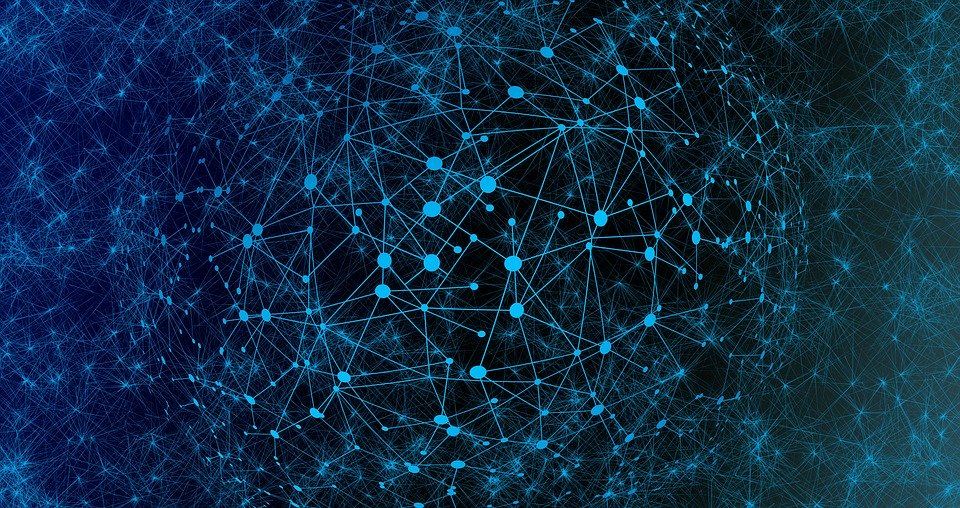Learn More About Psilocybin Mushroom Spores
Harm Reduction
Samuel Douglas · September 25th, 2020
By Samuel Douglas, Philosopher and Vice President of the Australian Psychedelic Society
Two new and exciting pieces of research into how microdosing can impact pain and our brain’s capacity to make new connections came out in the past month.
In the first, researchers found that a microdose of LSD, in this case 20 micrograms, can allow us to withstand pain for significantly longer. Participants who got this dose could hold their hands in a bath of icy water for longer, finding it less painful and unpleasant than the unlucky volunteers who got the placebo.
The second found that microdoses of LSD, as little as five micrograms, can increase the amount of a critical neuron-encouraging protein—brain-derived neurotrophic factor (BDNF)— in our bodies. BDNF has many roles in the brain but is best known for its ability to promote new neurons’ growth and is associated with increased cognitive performance and memory function.
Each of these findings by themselves is noteworthy. But together, they suggest that microdosing LSD could eventually become much more than something you take to treat short-term pain. That’s because of microdosing’s capacity to promote neuroplasticity, which is how our brains can change themselves in response to what we experience.
Neuroplasticity and pain
We usually think of neuroplasticity as a positive thing. It is, after all, what allows us to learn new things by creating new neural pathways in our brains. Everything we know, from how to ride a bike to mindfully living in the moment, relies on our brain’s capacity to adapt. That even tiny doses of psychedelics can enhance this explains why microdosing is so effective at helping people create new and healthier habits for themselves, be more creative, and generally improve their lives.
But for people experiencing chronic pain, our natural neuroplasticity can produce less ideal consequences. Everything we experience influences the creation of new neural pathways. Pain is no different. If it continues for long enough, sometimes the paths that our brains create can cause pain to feel worse, or for otherwise normal activities to feel painful. This doesn’t mean neuroplasticity is bad, just that our brains respond to whatever we happen to experience, and this response isn’t automatically helpful.
Healing through growth
The nature of neuroplasticity, and its role in chronic pain, highlights the value of experienced guidance when microdosing. It seems even sub-perceptual doses of LSD can put our brains into a state where it’s easier to create new pathways. How do we most effectively influence what these pathways are? Through set, setting, integration, and all the other positive practices we build around a microdose regime. By consciously practicing the behaviors and attitudes we want to cultivate, at the times when our brains are ready to make these connections, we can lay the groundwork for changes that endure long after any effects of a microdose have faded.
The science of how psychedelics interact with pain is at an early stage. Even as the direct impacts on pain are uncovered, the how and why of this remains open to question. Is it because, when our perception of self is altered, the pain no longer applies to us in the same way? Is it because psychedelics cause us to be more empathetic with ourselves as well as others? Perhaps the openness to experience that psychedelics encourage plays a role, as this trait seems to correlate with reduced sensitivity to pain.
If further research confirms that microdosing LSD reduces the experience of pain at the same time as increasing neuroplasticity, the possibilities are truly exciting. Not only could a single microdose safely relieve acute discomfort, but microdosing over time might allow people to create new constructive pathways in the brain that help alleviate chronic pain.
This future is a little way off. But more research into psychedelics is happening than ever before, so it might be sooner than we think. Until then, by using our brain’s ability to adapt and having a mindful approach to what we want to achieve through microdosing, we can continue to change our lives for the better.
If you’d like to discover the healing power of microdosing for yourself, check out Sporestore’s Microdosing Course. We’ve integrated the feedback of 3,000+ participants and the latest research from cutting-edge scientists and doctors across multiple disciplines to give you an optimal microdosing experience.

